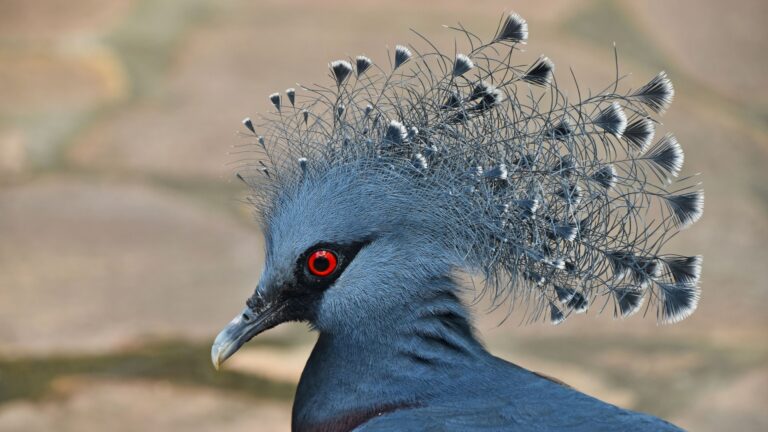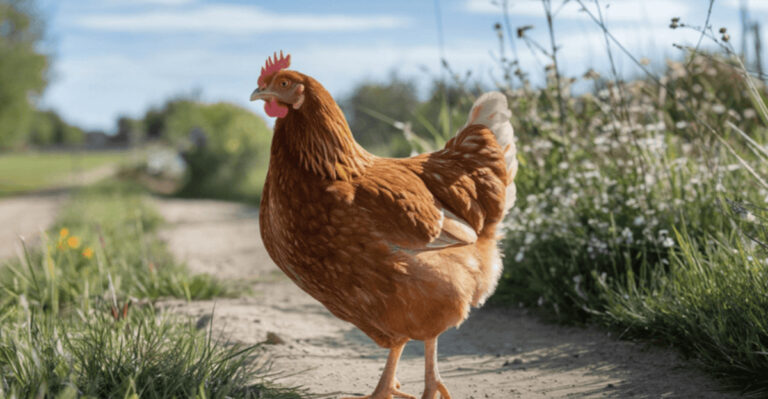15 Biggest Wild Cats In The World Ranked By Weight
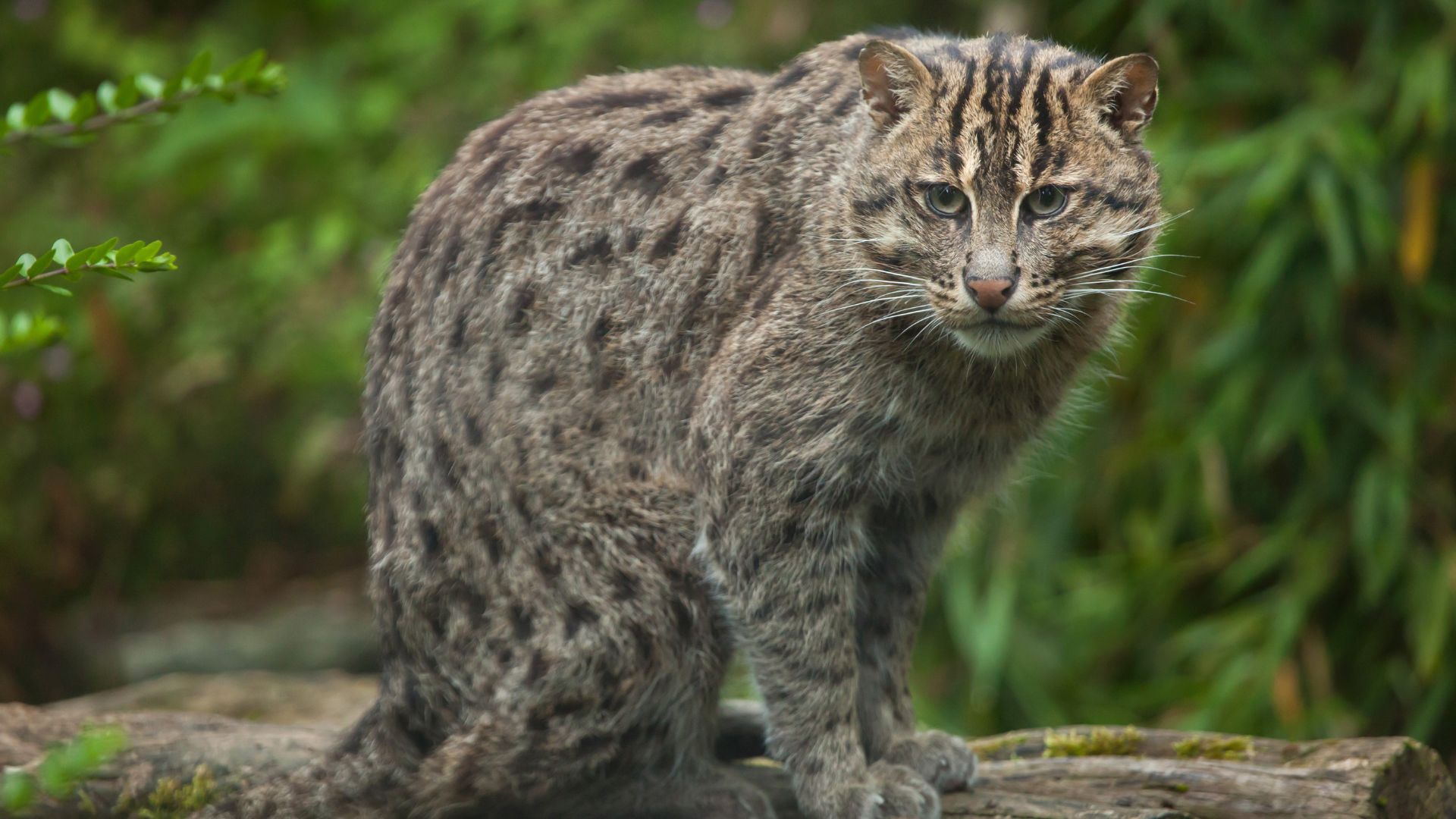
Step into the majestic and powerful world of wild cats, where size and strength shape survival. From the gigantic Siberian Tiger, the undisputed heavyweight champion, to the graceful Ocelot, these incredible felines showcase a stunning range of sizes, skills, and adaptations.
Each species has evolved to dominate its environment, whether through raw power, lightning-fast speed, or unmatched stealth. Get ready to meet the biggest wild cats on Earth, ranked by weight, and uncover what makes these fierce predators the true rulers of the animal kingdom!
1. Siberian Tiger
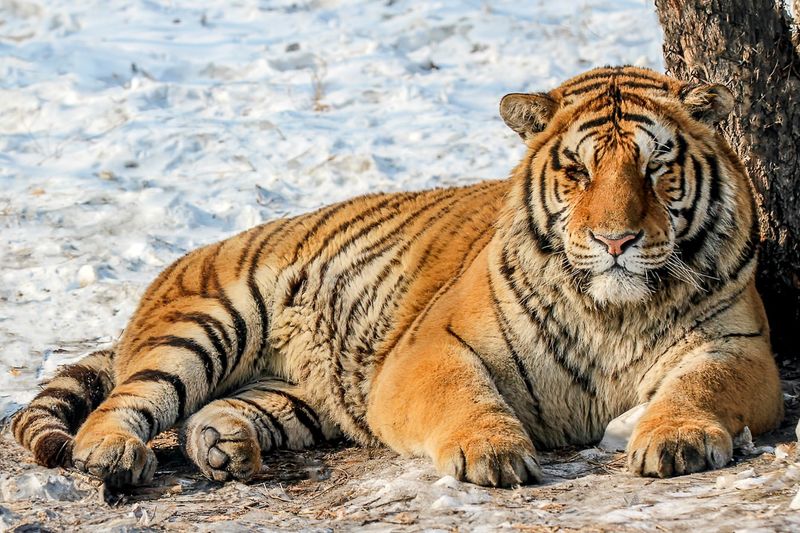
The Siberian Tiger, also known as the Amur Tiger, is the largest of the big cats, reaching up to 930 lbs (420 kg). Native to the forests of Russia’s Far East, these tigers have adapted to cold climates with their thick fur and large paws that act like snowshoes.
Their striking orange coats with black stripes provide excellent camouflage in their snowy and forested habitats. Siberian Tigers are solitary animals, with territories covering vast areas to ensure they have enough prey.
They primarily hunt ungulates such as deer and wild boar, using their strength and stealth to ambush their prey. These tigers are apex predators, playing a crucial role in maintaining the balance of their ecosystem. Conservation efforts are pivotal in protecting these magnificent creatures, as their numbers have dwindled due to habitat loss and poaching.
Organizations are working tirelessly to preserve their natural habitats and prevent illegal hunting, ensuring that future generations can witness the awe-inspiring presence of the Siberian Tiger in the wild.
2. Bengal Tiger
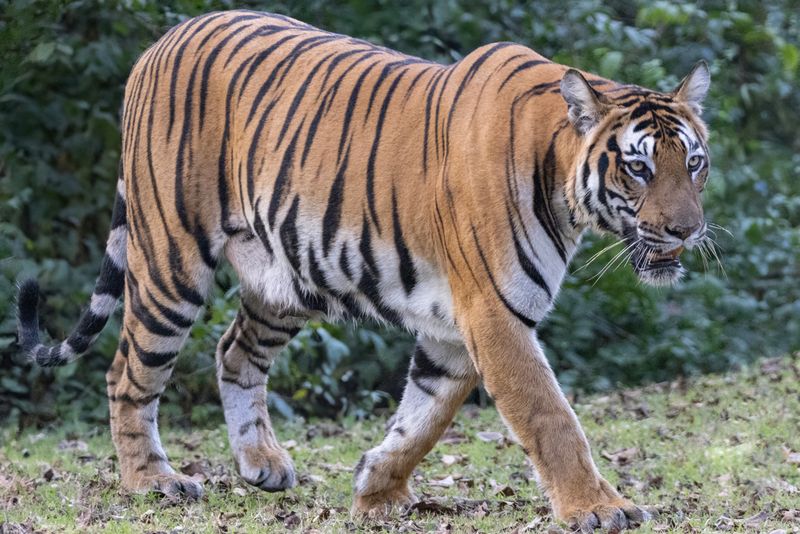
The Bengal Tiger, weighing up to 570 lbs (260 kg), is the pride of the Indian subcontinent. Known for its striking appearance, the Bengal Tiger has a vibrant orange coat with black stripes, which helps it blend seamlessly into the dense forests and grasslands it calls home.
Despite their size, these tigers are incredibly agile and can move silently through their territory. Bengal Tigers are usually solitary creatures, except during mating season or when females are raising cubs. They primarily prey on large ungulates such as deer and wild boar, relying on their stealth and strength to bring down their quarry.
These tigers are also known to be excellent swimmers, often found lounging in the water to escape the heat. Conservation efforts are crucial for the Bengal Tiger, as they face threats from habitat destruction, poaching, and human-wildlife conflict.
Initiatives focusing on habitat preservation and anti-poaching measures are vital for their survival, ensuring that these magnificent creatures continue to roam the wilds of Asia.
3. African Lion
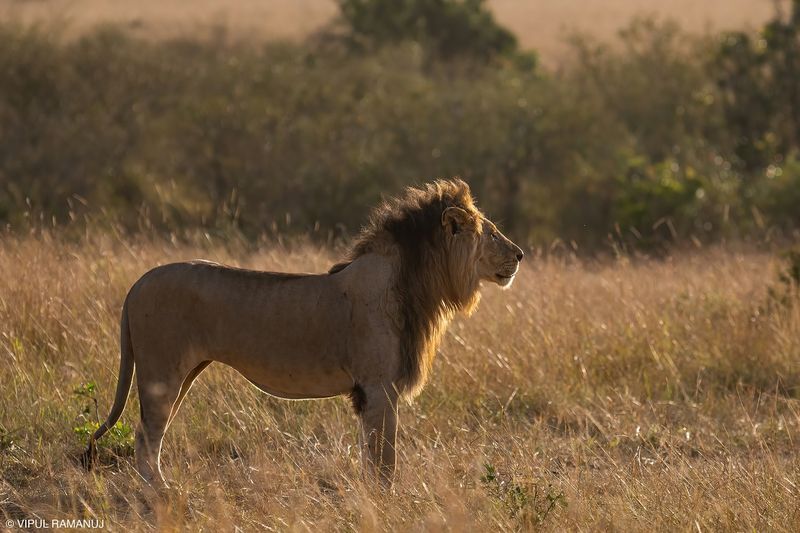
The African Lion, weighing up to 550 lbs (250 kg), is renowned as the “King of the Jungle,” although it primarily inhabits open savannahs and grasslands. With its regal mane and commanding presence, the lion is a symbol of strength and bravery across cultures.
These social cats live in prides, consisting of related females, their offspring, and a few male lions. Lions are apex predators, hunting cooperatively to take down large prey such as zebras, buffaloes, and antelopes. Their coordinated group hunting strategies and powerful build make them formidable hunters.
Despite their prowess, lions face significant threats from habitat loss and conflicts with humans, as well as illegal hunting. Efforts to conserve lion populations focus on mitigating human-wildlife conflict, preserving their habitats, and combating illegal poaching.
As these majestic creatures continue to inspire awe and admiration, safeguarding their future in the wild remains a priority.
4. Jaguar
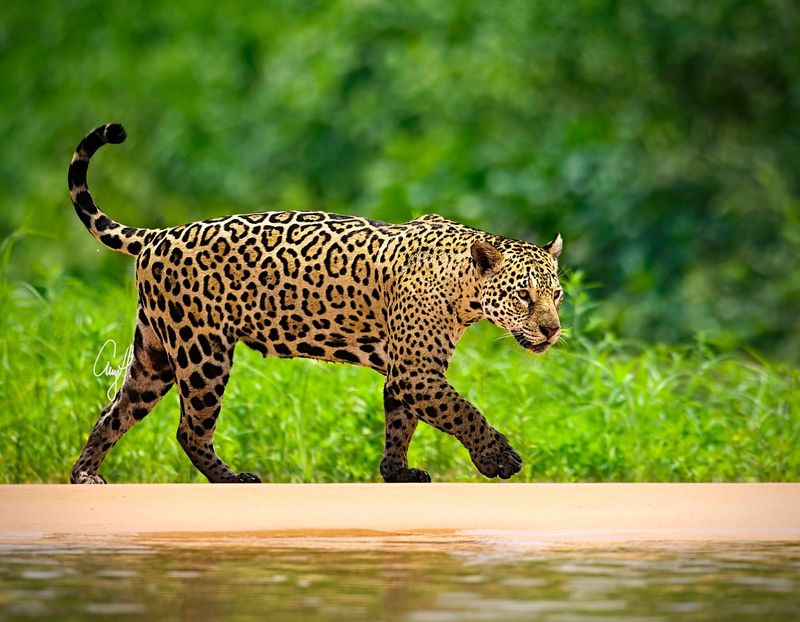
The Jaguar, weighing up to 350 lbs (158 kg), is the largest cat in the Americas. With its powerful build and stunning coat of golden yellow adorned with black rosettes, the jaguar is an expert hunter and an emblem of the tropical forests it inhabits.
Jaguars are reclusive animals, preferring to roam alone through the dense jungles of Central and South America. Jaguars are known for their incredible strength, capable of taking down prey larger than themselves, such as deer and caimans.
Their bite is the most powerful of all big cats, allowing them to pierce through the skulls of their prey with ease. This adaptability in hunting techniques makes them one of the most versatile predators in the wild. Conservation efforts for jaguars focus on habitat preservation and reducing human-wildlife conflict.
As deforestation and poaching threaten their survival, initiatives to protect their natural habitats are essential to ensure that these remarkable creatures continue to thrive in the wild.
5. Cougar
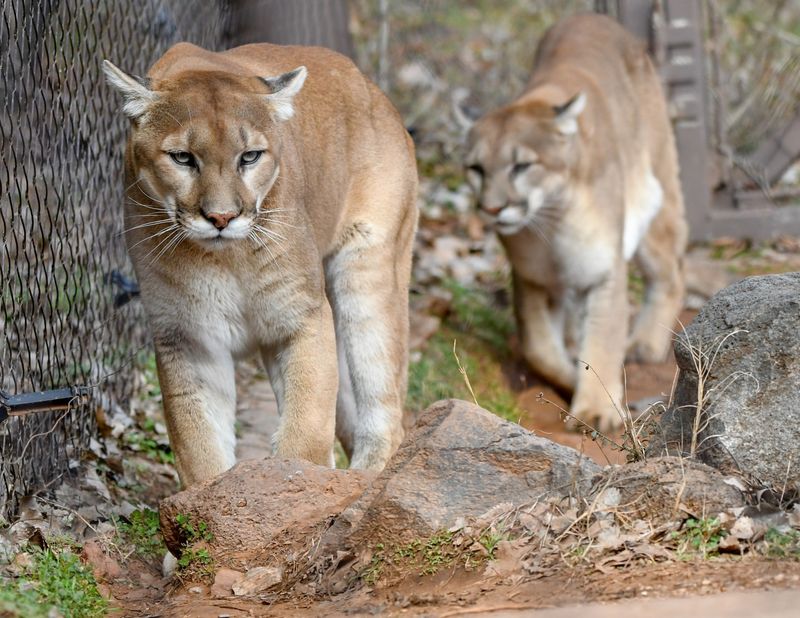
The Cougar, also known as the Mountain Lion or Puma, can weigh up to 220 lbs (100 kg) and is found across the Americas, from Canada to the southern Andes in South America. These adaptable cats are known for their ability to thrive in various habitats, including forests, deserts, and mountainous regions.
Cougars are elusive creatures, often avoiding human settlements. They are expert hunters, primarily preying on deer and small mammals, using their agility and strength to ambush their prey. Despite their size, cougars are capable of great bursts of speed, making them formidable predators in their environments.
Understanding and promoting coexistence is vital for their continued survival as their territories often overlap with human development. Protecting these majestic cats ensures the ecological balance of their habitats remains intact.
6. Leopard
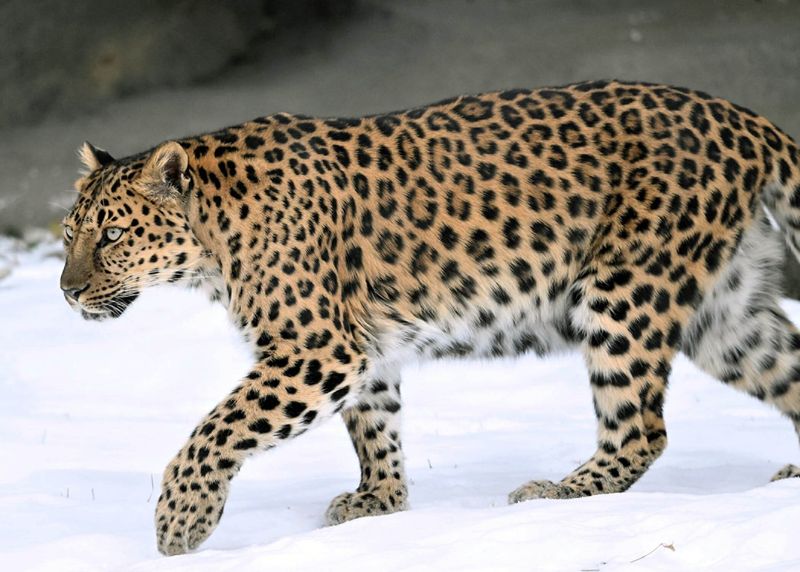
The Leopard, weighing up to 200 lbs (90 kg), is an incredibly adaptable big cat found across Africa and parts of Asia. Known for its striking golden coat dotted with black rosettes, the leopard is a master of stealth and agility.
These solitary hunters excel in various terrains, from dense forests to savannahs, where they use their climbing skills to ambush prey and escape predators. Leopards have a diverse diet, primarily hunting ungulates, primates, and birds. Their ability to adapt to different environments and prey makes them one of the most widespread big cats.
Despite their adaptability, leopards face threats from habitat loss, poaching, and human-wildlife conflict. Wildlife preservation aims to protect leopard habitats and reduce conflicts with humans. As these elusive and beautiful creatures continue to captivate human imagination, ensuring their survival in the wild is essential for maintaining biodiversity.
7. Cheetah
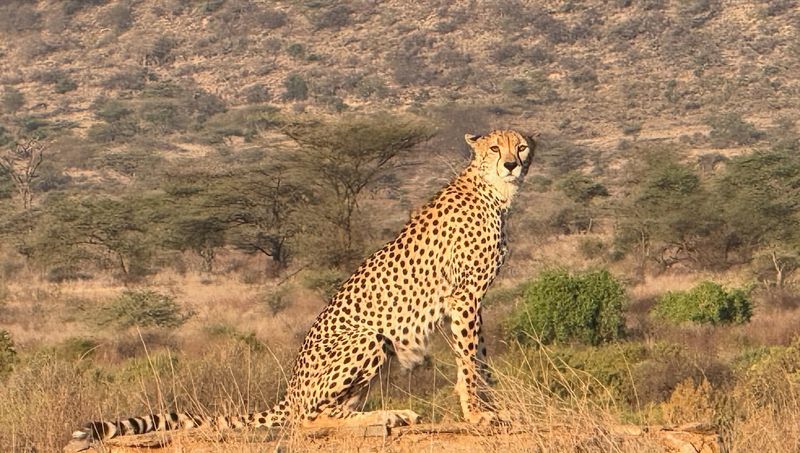
The Cheetah, weighing up to 160 lbs (72 kg), holds the title of the fastest land animal, capable of reaching speeds up to 75 mph. With its slender build and distinctive black “tear marks” running from the eyes to the mouth, the cheetah is perfectly adapted for speed, making it a formidable predator in the open savannahs of Africa.
Cheetahs rely on their incredible speed and keen eyesight to hunt, primarily preying on antelopes and smaller mammals. Unlike other big cats, cheetahs are not built for fighting, so they avoid confrontations and rely on their speed to escape threats.
Unfortunately, this specialization makes them vulnerable to habitat loss and competition with larger predators. Conservation efforts focus on protecting cheetah habitats and reducing human-wildlife conflict.
Breeding programs and protected reserves are crucial for maintaining healthy cheetah populations, ensuring these graceful sprinters continue to roam the wilds.
8. Snow Leopard
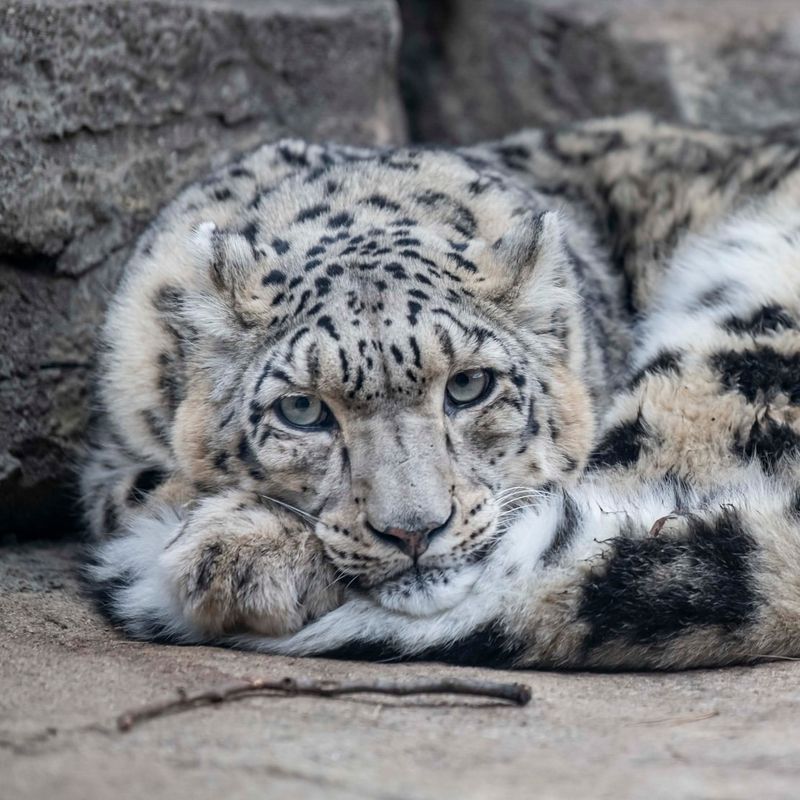
The Snow Leopard, a regal cat weighing up to 120 lbs (54 kg), is renowned for its elusive nature and ability to thrive in the harsh conditions of the mountainous regions in Central and South Asia.
With its thick, smoky-grey fur and long tail, it is perfectly adapted to cold environments, where it effortlessly navigates steep, rocky terrain. Snow Leopards are highly elusive, often remaining hidden from human view.
They primarily prey on mountain goats and sheep, relying on stealth and agility to hunt in their rugged terrain. Their long tails not only aid in balance but also serve as a warm wrap against the cold.
Conservationists focus on protecting snow leopard habitats and ensuring coexistence with local communities. As climate change and human encroachment threaten their survival, initiatives to conserve these “ghosts of the mountains” are crucial for their continued existence.
9. Eurasian Lynx
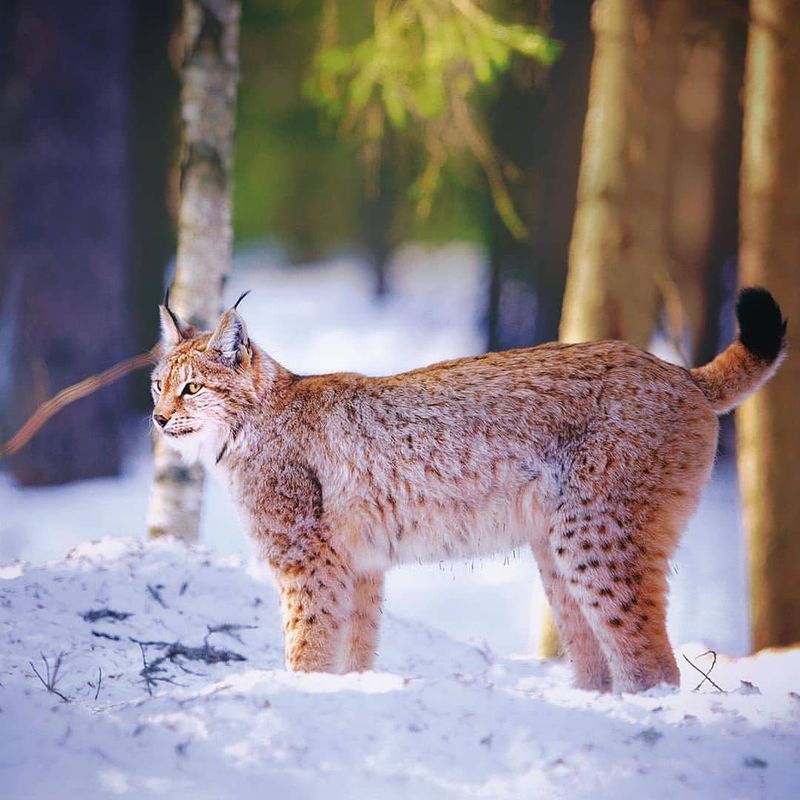
The Eurasian Lynx, weighing up to 88 lbs (40 kg), is a medium-sized wild cat found across Europe and Asia. With its tufted ears and spotted fur, the lynx is a master of camouflage, blending seamlessly into its forested habitat.
These feline hunters primarily prey on small to medium-sized ungulates such as roe deer and chamois. Eurasian Lynxes are known for their incredible hearing, which is enhanced by the tufts on their ears. This acute sense of hearing allows them to detect prey even in dense forests.
Despite their adaptability, lynxes face threats from habitat loss and poaching, as well as competition with humans for territory.
Ecologists focus on habitat preservation and increasing public awareness to promote coexistence. Protecting these elusive cats is essential for maintaining the ecological balance of Europe’s forests.
10. Clouded Leopard
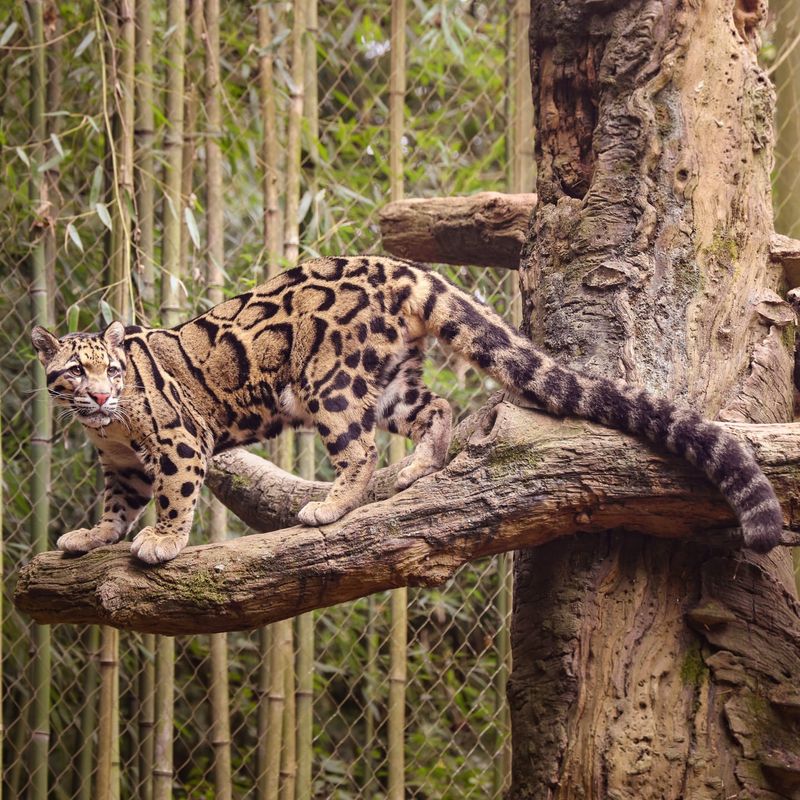
The Clouded Leopard, weighing up to 50 lbs (23 kg), is an enigmatic and elusive cat found in the forests of Southeast Asia. With its cloud-like patterns and long tail, it is perfectly adapted for life in the trees, where it spends much of its time hunting and resting.
These cats are exceptional climbers, using their short, powerful legs and large paws to maneuver through the forest canopy. Clouded Leopards primarily prey on small mammals and birds, using their agility and stealth to surprise their prey.
Despite their adaptability, they face threats from habitat loss due to deforestation and poaching for the illegal wildlife trade.
As these mysterious cats continue to captivate researchers and conservationists alike, preserving their natural habitats is essential for their survival.
11. Caracal
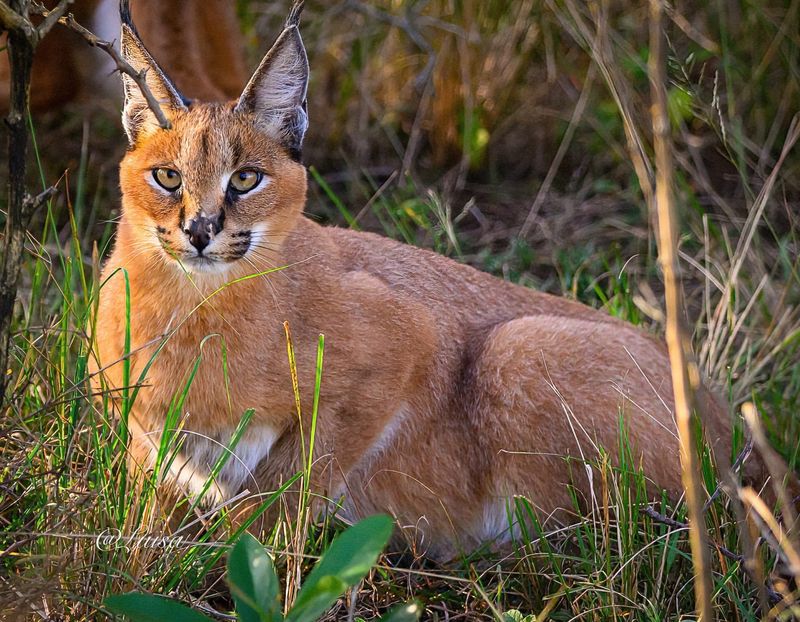
The Caracal, weighing up to 44 lbs (20 kg), is a medium-sized wild cat found across Africa and parts of the Middle East. Known for its striking appearance, the caracal has a sleek, reddish-tan coat and long, tufted black ears that enhance its acute hearing.
These agile and adaptable cats thrive in various environments, from savannahs to semi-deserts. Caracals are independent and territorial, primarily hunting small mammals and birds. Their remarkable jumping ability allows them to catch birds in flight, showcasing their agility and precision.
Despite their adaptability, caracals face threats from habitat loss and conflicts with humans, particularly in farming areas. Understanding their role in ecosystems is crucial for preserving the balance of nature in the regions they inhabit.
12. Serval
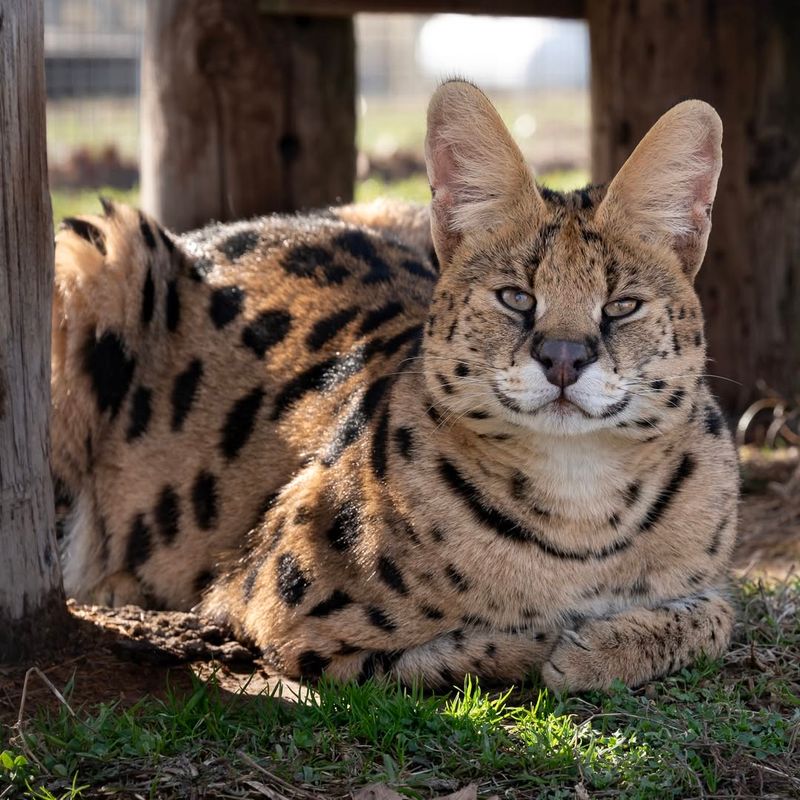
The Serval, weighing up to 40 lbs (18 kg), is a slender, medium-sized wild cat native to Africa’s savannahs and wetlands.
Known for its long legs and large ears, the serval is a master hunter, using its height and acute hearing to spot and ambush prey in the tall grass. Its distinctive coat, marked with bold black spots and stripes, aids in camouflage.
Servals primarily hunt small mammals, birds, and insects, using a unique pouncing technique to capture their prey. Despite their impressive hunting skills, they face threats from habitat loss and the illegal pet trade.
Their adaptability to various environments, however, has helped them maintain stable populations in protected areas. Ensuring their protection is vital for maintaining the ecological health of Africa’s grasslands and wetlands.
13. Ocelot
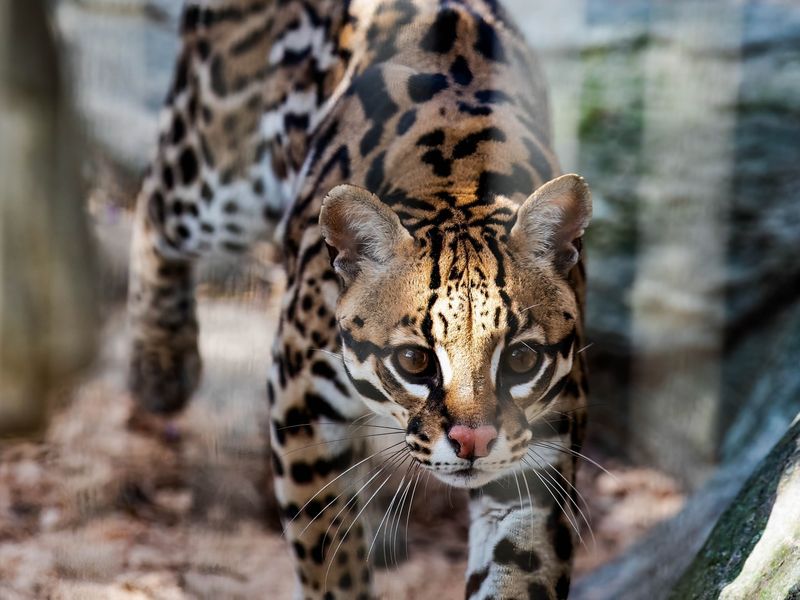
The Ocelot, weighing up to 35 lbs (16 kg), is a medium-sized wild cat found in the forests of South and Central America. Known for its striking coat adorned with dark rosettes and spots, the ocelot is a master of camouflage, blending seamlessly into the dense forest underbrush.
These solitary cats are primarily nocturnal, relying on their keen senses to hunt at night. Ocelots primarily prey on small mammals, birds, and reptiles, using their agility and stealth to stalk and capture their prey. Despite their adaptability, they face threats from habitat destruction and the illegal pet trade.
Efforts to conserve their habitats are critical for ensuring their survival in the wild. Conservation initiatives focus on habitat preservation and combating illegal wildlife trade to protect these beautiful and elusive creatures. Supporting these efforts is vital for maintaining the biodiversity of the regions where ocelots reside.
14. Bobcat
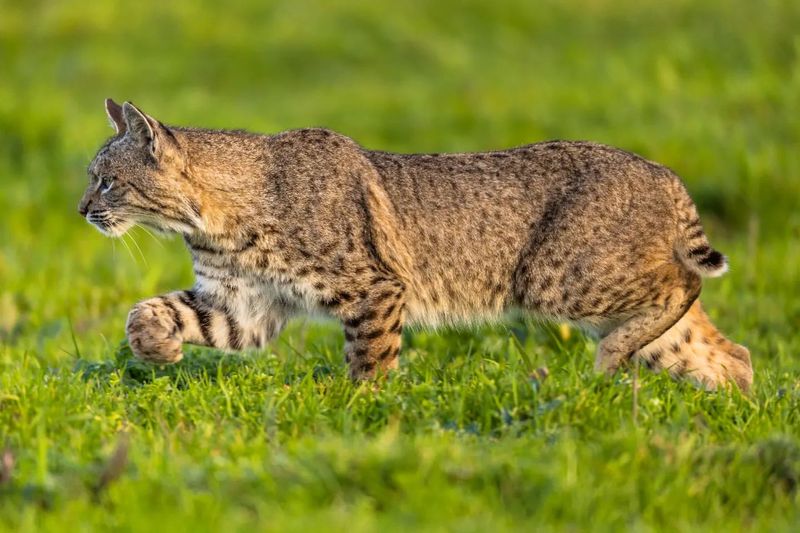
The Bobcat, weighing up to 33 lbs (15 kg), is a medium-sized wild cat native to North America. With its short “bobbed” tail and tufted ears, the bobcat is known for its adaptability and elusive nature.
These cats are found in a variety of habitats, from forests to deserts, where they use their keen senses and agility to hunt. Bobcats primarily prey on rabbits, birds, and rodents, using their stealth and patience to stalk and ambush their quarry.
Despite facing threats from habitat fragmentation and hunting, bobcats have shown resilience and adaptability, often coexisting near human settlements. Protecting bobcats is essential for maintaining the ecological balance of North America’s diverse landscapes.
15. Fishing Cat
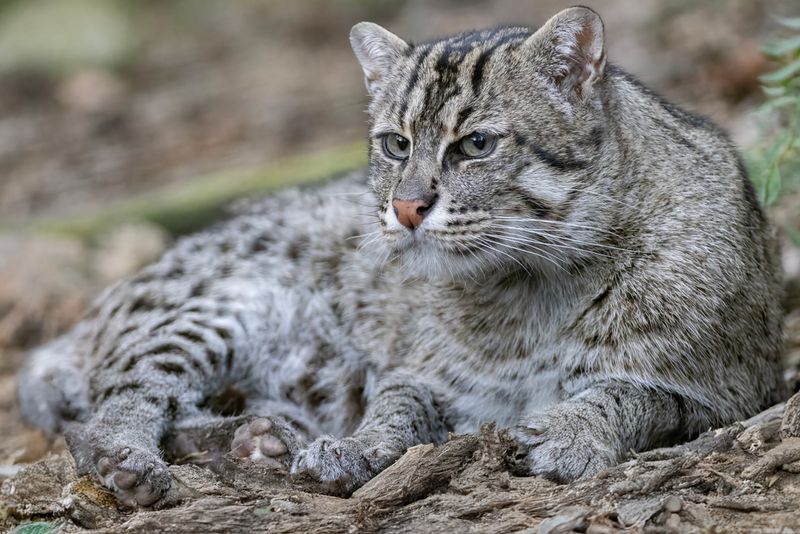
The Fishing Cat, weighing up to 31 lbs (14 kg), is a unique wild cat found in the wetlands of South and Southeast Asia. Known for its affinity for water, the fishing cat is an adept swimmer, using its webbed paws to catch fish and other aquatic prey. Its stocky build and short legs are well-suited for life in marshy environments.
Fishing Cats primarily hunt fish, frogs, and crustaceans, relying on their keen senses and patience to ambush prey. Despite their specialization, they face significant threats from habitat destruction and pollution of wetlands.
Wildlife biologists focus on protecting and restoring wetland ecosystems to ensure the survival of these remarkable cats. Initiatives to raise awareness about the importance of wetland conservation are crucial for maintaining the delicate balance of these unique habitats.

